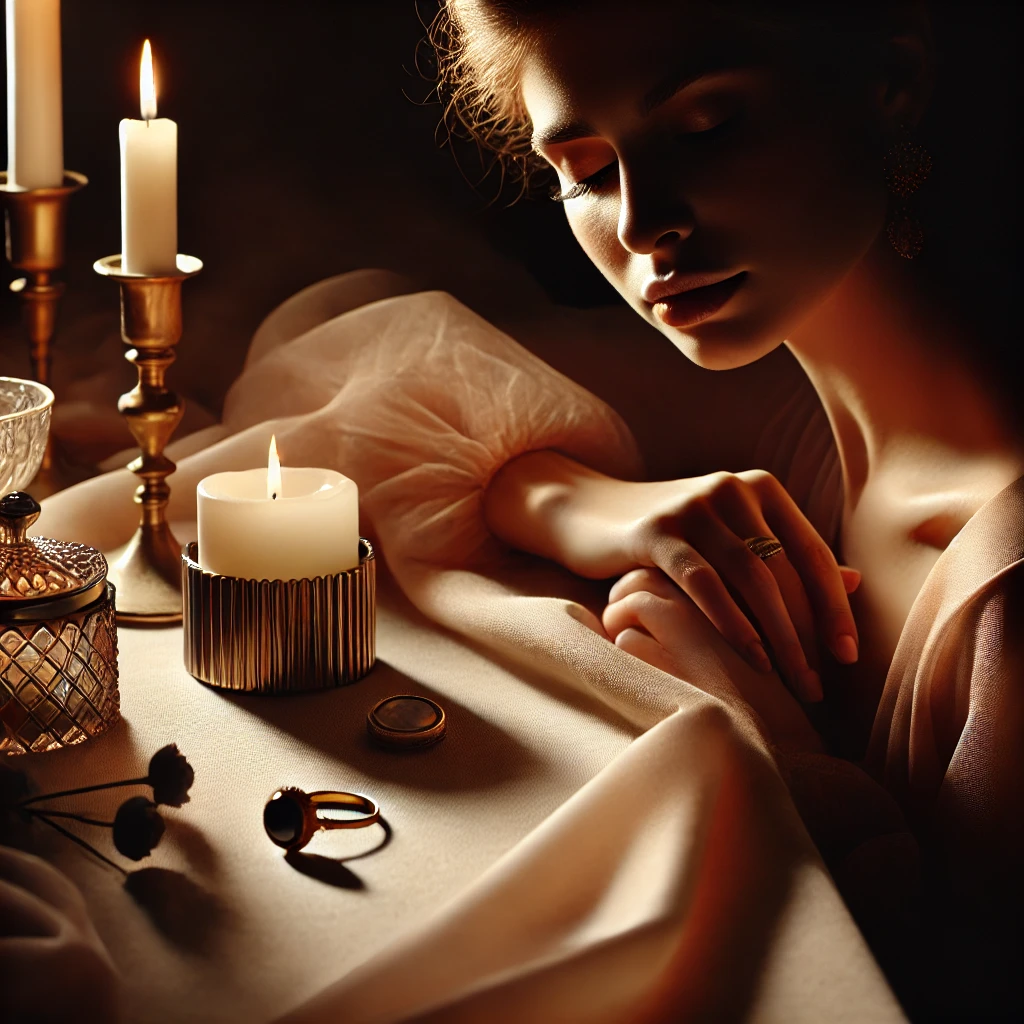Boudoir photography is an intimate and artistic form of portraiture that captures sensuality, confidence, and emotion. One of the most powerful elements in creating stunning boudoir images is the interplay between shadows and light. Mastering lighting techniques allows photographers to evoke mood, add depth, and enhance the subject’s natural beauty. This guide explores how shadows and light contribute to the art of intimate boudoir photography, ensuring each shot is captivating and emotionally resonant.
Why Shadows & Light Matter in Boudoir Photography
Shadows and light define the atmosphere of a boudoir photoshoot. They shape the body, create drama, and highlight textures, making the final images more compelling.
1. Enhancing Mood and Emotion
- Soft light produces a gentle, romantic atmosphere, perfect for dreamy and ethereal boudoir shots.
- Harsh shadows create dramatic tension, emphasizing contrast and form.
- Side lighting enhances emotional storytelling by sculpting the face and body.
2. Sculpting the Human Form
- Shadows help to define curves and contours, adding dimension to the subject.
- Strategic lighting placement can highlight certain areas while subtly masking others.
- Silhouettes created through strong backlighting can be alluring and artistic.
3. Directing the Viewer’s Attention
- High contrast between shadows and highlights draws attention to focal points.
- Using directional lighting helps guide the eye through the composition.
- Negative space created by shadows adds balance and intrigue to an image.
Types of Lighting for Boudoir Photography
Choosing the right lighting setup can make a significant difference in the outcome of boudoir photos. Here are the most effective lighting techniques:
1. Natural Light
- Benefits: Soft, warm, and flattering.
- Best Practices:
- Use large windows as the primary light source.
- Shoot during golden hour for a warm glow.
- Utilize sheer curtains to diffuse harsh light.
2. Softbox & Studio Lighting
- Benefits: Controlled, even lighting that minimizes harsh shadows.
- Best Practices:
- Use a single softbox for a natural, shadowed look.
- Position light at a 45-degree angle for subtle depth.
- Combine with reflectors to fill in unwanted shadows.
3. Low-Key Lighting for Drama
- Benefits: High contrast, moody effects that add intensity.
- Best Practices:
- Use a single directional light source.
- Keep backgrounds dark to enhance subject focus.
- Experiment with shadow play on different textures.
4. Candlelight & Fairy Lights for Romance
- Benefits: Intimate and atmospheric, adding warmth.
- Best Practices:
- Position candles close to the subject for a golden glow.
- Use fairy lights in the background to create bokeh.
- Combine with reflective surfaces to amplify light.
The Art of Shadow Play in Boudoir Photography
Shadows should be used intentionally to add mystery and refinement to the images.
1. Silhouettes for Subtle Sensuality
- Use backlighting to create a dark outline of the subject.
- Adjust exposure to maintain details in the shadowed areas.
- Experiment with sheer fabrics to add layers of texture.
2. Body Contouring with Shadows
- Position the light source to highlight the model’s best features.
- Use window blinds or lace to create patterned shadows.
- Emphasize the collarbone, waistline, and facial structure for a sculpted look.
3. Partial Shadows for Mystery
- Light only part of the face or body to create intrigue.
- Use contrast to enhance the emotion and drama in the image.
- Experiment with different angles to achieve the perfect balance.
Practical Tips for Perfect Lighting & Shadows
1. Adjust Your Exposure & White Balance
- Lower exposure slightly to preserve shadow detail.
- Set white balance to maintain a warm, natural skin tone.
2. Use Reflectors for Balance
- A white reflector softens shadows for a more delicate look.
- A gold reflector adds warmth to the subject’s skin tone.
3. Experiment with Angles
- Light from above for a dramatic, moody effect.
- Side lighting emphasizes depth and structure.
- Backlighting creates an ethereal glow.
4. Keep the Background Simple
- A clutter-free background enhances the impact of shadows and light.
- Use neutral tones to avoid distractions.
Conclusion
Mastering shadows and light in intimate boudoir photography transforms ordinary images into works of art. By understanding how to shape the subject with lighting techniques, photographers can create evocative, visually stunning portraits that capture raw beauty and emotion. Whether working with natural light, softbox setups, or creative shadow play, embracing these techniques will elevate your boudoir photography to the next level.


